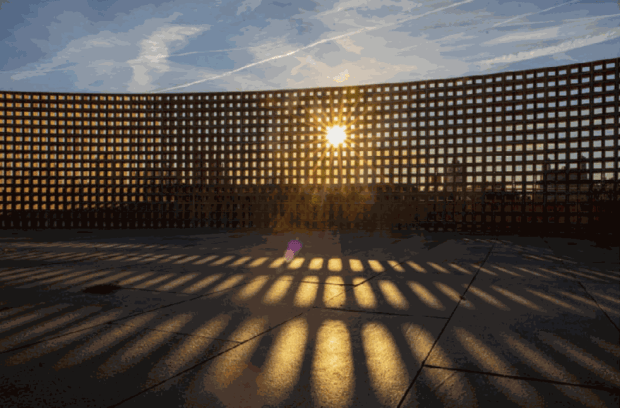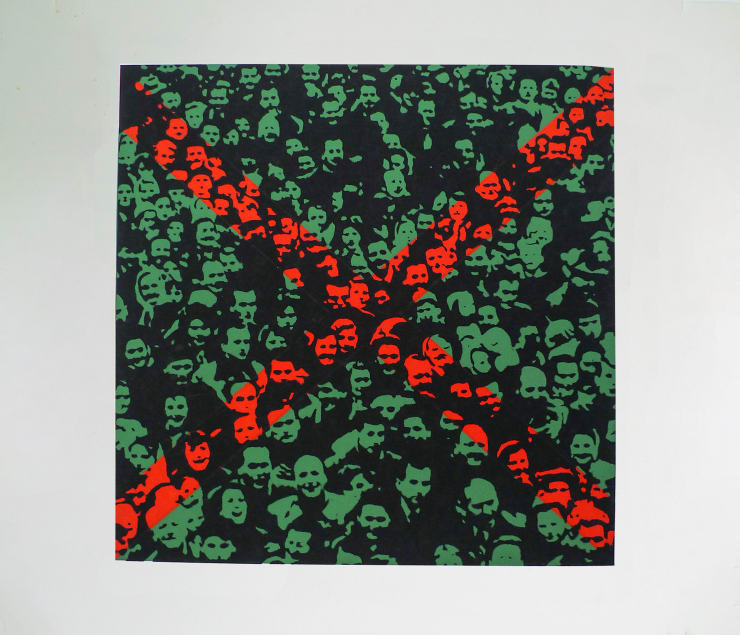-
For this ArcoMadrid 2021 special 40th anniversary edition, Luciana Brito Galeria presents the videos "Campo" (1976) by Regina Silveira and "Photokinetic" (2020) by Héctor Zamora.
-
Héctor Zamora
1974, Mexico City, Mexico, where he lives and worksHéctor Zamora is better known for his research, which involves public spaces and the built environment. In his works, the artist reinvents and redefines conventional spaces – exhibition spaces or others – giving rise to noise between the meanings of public and private, exterior and interior, real and imaginary. If, on the one hand, Héctor Zamora’s work deals with the aesthetic and formal legacy of concretism and other Latin American vanguard movements, on the other, it problematizes social and political questions related to work in a consumer society and to the subversion of architectures, of the city, and of history.
Héctor holds a degree in graphic design and structural geometry. He has held solo shows at prominent institutions which include The Roof Garden Commission, MET NY, USA (2020); LABOR, Mexico City (2019); Pavilhão Branco (Portugal, 2018); the Museo de Arte Contemporáneo de Monterrey (Mexico, 2017); Fundación RAC (Spain, 2017); the Palais de Tokyo (Spain, 2016); CCBB São Paulo (2016), the Center for Contemporary Art (Los Angeles, USA, 2013) and Itaú Cultural (São Paulo, 2010). He has participated in group shows at venues that include the 4th Mediterranean Biennial, Israel (2021); Hirshhorn Museum, USA (2020); the Centro Galego de Arte Contemporánea, Spain (2018); the 12th Shanghai Biennale, China (2018); MAM-RJ (2014); Guggenheim Museum (USA, 2013); the Museo de Arte de Lima (Peru, 2012); the 54th Venice Biennale (Italy, 2011); the 11th and 14th editions of the Biennale de Lyon (2011 and 2017); the 12th International Cairo Biennale (Egypt, 2010); the 9th and 12th editions of the Bienal de la Habana (2006 and 2015); and the 27th Bienal de São Paulo (2006). Zamora has moreover been awarded prizes from the Graham Foundation Arquitetura + Arte (2011), the Garage Centre for Contemporary Culture (2009), the Pollock-Krasner Foundation (2007), the Cisneros Fontanals Art Foundation (2006), the Jumex Collection Foundation (2006), and others. His works figure in collections of important institutions such as Amparo Museum (Mexico), Fundación RAC (Spain), and Hirshhorn Museum and Sculpture Garden (USA).
-
Photokinetic, 2020
Héctor Zamora
Vídeo 4K
Duration: 04'48"
Edition: 1/3
-
Lattice Detour
The Roof Garden Commission, The Met, NY -

Hiroko Masuike, The New York Times
-
Other Available Works
-
Regina Silveira
1939, Porto Alegre. Lives and works in São PauloRegina Silveira’s artistic research questions the orthodox, preestablished forms of representation, leading her to work with new possibilities of signification. Her works explore the architectural and contextual space, generally evoking a sense of uncanniness through the displacement of the commonplace, that is, our common references. Regina Silveira is known for her research into the principles of perspective, tridimensionality, and the study of shadows, which she employs in large site-specific installations, vinyl cutouts, luminous projections, works in printmaking, embroidery, porcelain, digital videos, etc.
With a BA in arts from the Instituto de Artes do Rio Grande do Sul (1959), an MA (1980) and PhD in art (1984) from the School of Communication and Arts of the University of São Paulo (ECA USP), her career as a professor includes stints of teaching at the University of Puerto Rico, Mayagüez; at FAAP, São Paulo; and at ECA USP. She was an invited artist at the 1981, 1983 and 1998 editions of the Bienal de São Paulo, the 2013 and 2015 editions of the Bienal Internacional de Curitiba, and the 2001 and 2011 editions of the Bienal do Mercosul. She participated in the Bienal de La Habana, Cuba, in 1986, 1998 and 2015; Mediations Biennale, Poznan, Poland, in 2012; the 6th Taipei Biennial, Taiwan, in 2006; and the 2nd Setouchi Triennale, Japan, in 2016. The artist’s work has been presented at Paço das Artes, São Paulo, 2020; the Museu Brasileiro da Escultura (MuBE), São Paulo, 2018; the Museu Oscar Niemeyer, Curitiba, 2015; the Museo Amparo, Puebla, Mexico, 2014; the Fundação Iberê Camargo, Porto Alegre, 2011; Atlas Sztuki Gallery, Lodz, Poland, 2010; Masp, 2010; and the Museo Nacional Centro de Arte Reina Sofía, Madrid, Spain, 2005. Regina Silveira was awarded the Prêmio Masp (2013), the Prêmio APCA for her career (2011), and the Prêmio Fundação Bunge (2009). She has received grants from the Fulbright (1994), Pollock-Krasner (1993) and Guggenheim (1990) foundations, and her work figures in countless public and private collections, such as those of the Cisneros-Fontanals Art Foundation (USA), Inhotim, Coleção Itaú, El Museo del Barrio (USA), MAC-USP, Masp, MAM-RJ/SP, the Pinacoteca de São Paulo, MoMA (USA), and the Phoenix Museum (USA).
-
Campo, 1976
Regina SilveiraTechnique: VHS, Black and WhiteDuration: 02'25"Media: DVD-PAL from the original Betacam Digital PAL, in March 2008.Origin: Video originally recorded in an analogic support - magnetic VVHS tape - in 2004 was converted ino Digital Betacam PAL by Getty - Film Technology Company, Inc. from which migrated in 2008 to DVD-PAL disc, with an editions of 6 copies.Edition: 5/6 -

-
Other Available Works
-
Arco Madrid 2021 : Héctor Zamora & Regina Silveira | English
Past viewing_room









